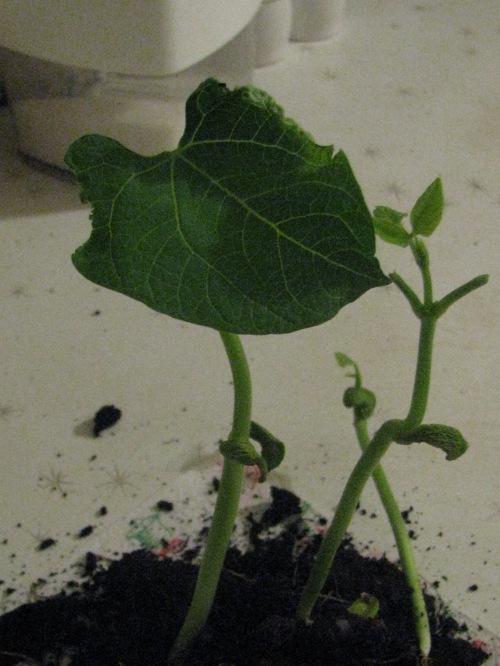I bake. A lot. There have been times it has reached the “Whoa Nelly” level and I’ve submitted 34 separate items in the fair. I can’t help it – it’s what I do and it makes me happy. One of the side effects of baking with any kind of regularity is that there always seems to be dribs and drabs of ingredients left over. You know, that half cup of walnuts or the quarter of a bag of coconut that didn’t find a home. In my kitchen, all of these unused bits end up migrating into the freezer above my fridge, which is sort of the gulag of my food storage since things tend to accumulate unseen in its frosty depths for long periods of time. Every now and then when the deposits start to reach critical mass, I’ll get annoyed and start pulling everything out vowing to do something with the mess. And what do I do with the motley assortment? Why, I make granola, of course.
I think granola is pure awesomeness because it is so versatile, and if you’re frugally minded, a great way to utilize all the little bits of things you have kicking around and make them into something new and tasty. Or if you are a homesteady type, granola is a good way of using up all that fruit you dried last summer but never really figured out how to use. Granola can be as healthy or as decadent as you want it because, other than a few basic base ingredients, the sky’s the limit and you can tailor it however you like.
I have to admit that I really don’t follow a recipe anymore because granola lends itself to experimentation so easily. I just throw together whatever I have on hand, and the only time I’ve ever had a bad batch is when I forgot it was in the oven and it got a wee bit over done. The recipe I started off using can be found here. That recipe makes a pretty awesome batch of granola, and I even entered it in the fair and won a first. But being as frugally minded as I am, I’m going to use whatever ingredients I have available instead of going out and buying stuff just to follow a recipe.
For my own granola, I use almost the same wet ingredients as the above recipe to make the goo. The goo is what coats all of your dry ingredients and gives them sweetness and flavour.
1 1/2 teaspoons salt
1/2 cup brown sugar
1/2 cup maple syrup
1/2 cup honey
1 cup oil
1 teaspoon (or more) cinnamon
1 tablespoon or so (what I call a “glunk” – just eyeball it) of vanilla
I’ve used mostly maple syrup with a bit of honey, honey and corn syrup, corn and maple syrup – you name it – and it all turned out fine. Just keep the volume of liquid the same. Whatever you use, combine all of this together into a sauce pan and bring it to a boil over moderate heat until the sugar dissolves. When it gets foamy you know its done. This is then poured over your dry ingredients.
For dry ingredients I start with a base of 8 cups of oats and 2 cups of bran. After that the choices are wide open to add whatever your heart desires until you have made up roughly another 5 cups of ingredients. I say roughly because I never measure it, but you want to make sure you don’t add too much more or else you won’t have enough of the flavour goo to coat everything. If you want to add any dried fruit or coconut you don’t need to include it into your 5 cup estimation because it needs to be added after the granola is baked and won’t get coated with the goo anyway.
Once you have all of your dry ingredients assembled, give them all a mix, pour the liquid over all of it and give the whole mess a good stir. Doing this in your biggest bowl is a good idea, and if it’s metal all the better. Remember that hot liquids and plastic are generally not a good combination. Once it’s all combined, spread the granola out into your biggest cake pan, or several pans (it’s a lot of stuff!) and bake at 325F until it starts to turn golden. I have found this can take as long as 30 minutes, depending on how deep the granola is in your pan(s). You will need to give it a stir every now and then to make sure it gets all evenly toasty, and a good way to tell when it is done is to take a bit out and let it cool on a saucer. If it is crispy, it is done. Pull the granola out of the oven, and while it is still hot mix in your choice of dried fruit. That’s it! Once it has cooled completely store it in an airtight container and it should last you quite a long time. Have fun playing with flavour combinations and experiment. I am partial to lots of dried cranberries with almonds and a generous dose of vanilla myself, and I think one of these times I’m going to throw in some cocoa powder for a hint of chocolate.
Happy granola-ing, kids.





